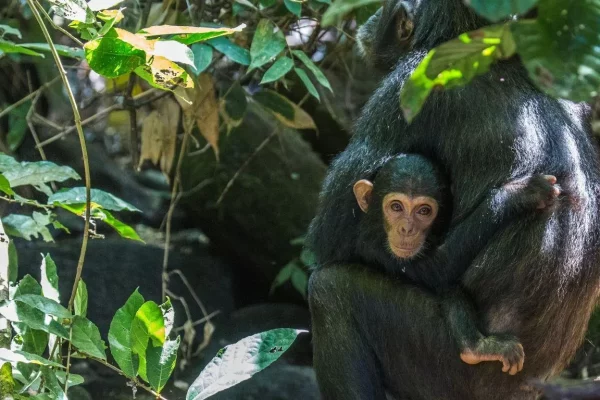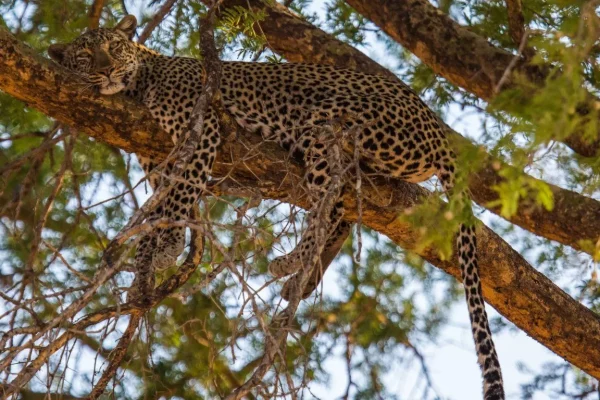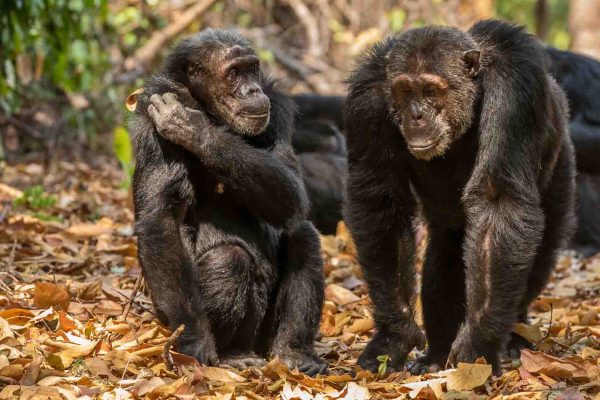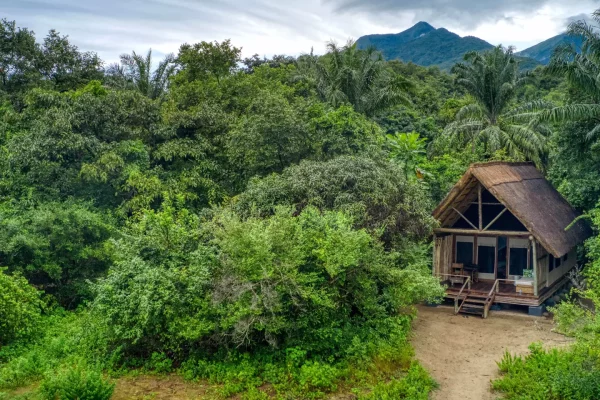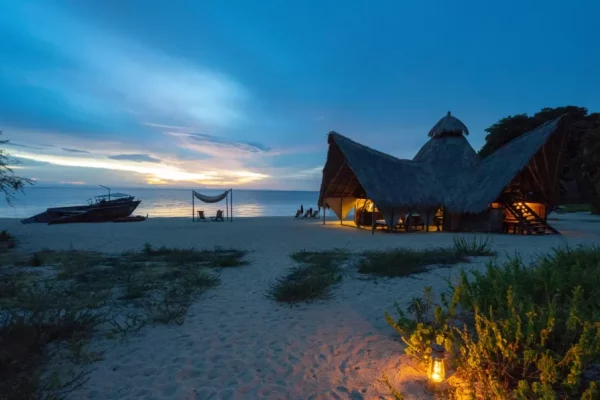Mahale Mountains National Park Facts, Tours, Map, Photos, Reviews
Mahale Mountains National Park Facts, Tours, Map, Photos, Reviews: A Complete Guide & Safaris. Western Tanzania’s Mahale Mountains National Park. These remarks will make many guides cry. One of Africa’s most unique experiences is seeing the chimpanzees in Mahale, which have almost mythical status.
CHIMP TREKKING at Greystoke, Mahale!!! 🐵🐒 | TANZANIA, AFRICA
The colors and scents of fig trees, silk trees, mahogany, and nutmeg all captivate. Perhaps you halt to show your fellow explorers a woodland giant squirrel as it munches on nuts or scampers gleefully over the high branches. Perhaps a colobus monkey is barely discernible, searching the lower reaches of the forest for seeds. You walk into a tiny clearing… and a bunch of interested, fascinated chimpanzees are waiting to greet you!
Top Safari Packages in Mahale Mountains National Park
A week in Western Tanzania takes to Mahale Mountains National Park for chimpanzee trekking and Katavi National Park for the Big 5 game viewing. A 7 Days Western Tanzania Safari in Mahale and Katavi National Parks.
8 Days Serengeti And Mahale Safari offers the Big5 game viewing in Serengeti National Park and Chimpanzee Trekking in Mahale Mountains National Park. On this Serengeti And Mahale Safari includes combining the wildlife of famous Serengeti.
chimpanzee trekking in Tanzania offers a unique experience. You can typically anticipate seeing the big five, a variety of predators, and grazers in the various protected zones on a Tanzania safari.
Location of Mahale Mountains National Park
A staggeringly magnificent region of the earth, Mahale Mountains National Park contains 1,600 square kilometers of mountains covered in jungle and rising to peaks as high as 2,400 meters! On the lower slopes, the forest is composed of nutmeg, mahogany, silk, fig, and evergreen vines, while the upper slopes are covered in brittlewood, rushfoil, pines, and bamboo wilderness. Along with the chimps, other animals in the area include antelopes, blue duiker, yellow baboons, porcupines, squirrels, two species of mongooses, and the colorful black-and-white colobus monkey. There are an incredible number of birds and vibrant butterflies as well.
MAHALE MOUNTAIN NATIONAL PARK, TANZANIA… #chimpanzee #mahale #laketanganyika #tanzania #adventure
Lake Tanganyika, the second-deepest lake in the world, is also a part of the park. There are about 250 different fish species in this. A joy to behold are the stunning white-sand beach and the turquoise waves. The chimps frequently approach the lakeside and even get into some nearby campers during the dry season. Consider traveling here between August and October if you would prefer your safari to include a 30-minute stroll through the rainforest rather than a 3-hour excursion. Of course, viewing the chimps is always enjoyable regardless of the season!
Wildlife in Mahale Mountains National Park
In groups, there are roughly a thousand chimpanzees that live in the Mahale Mountains. One group, the Mimikire clan or the M-group, has been in close proximity to Japanese researchers for decades and is used to human presence. In fact, this 56-chimp group is so at ease with its family that they will approach you and give you the side-eye!
On hikes, chimps have also been seen running through the bush in search of prey and shouting and screaming to one another. Chimpanzees like fighting, foraging, and grooming each other when it is calm. They have also been observed fishing for termites using sticks. A group’s younger members playing together is really enjoyable to witness! We strongly advise bringing your camera and a good pair of binoculars so you can make the most of the hour or so you have with these incredible animals.
Contact a member of our staff if this experience interests you. We welcome your questions and are delighted to provide guidance on where to stay and when to travel.
Accommodation in Mahale Mountains National Park
The Mahale Mountains National Park, located in western Tanzania, are ideal for adventurers seeking a challenging safari. This is a once-in-a-lifetime opportunity to see wild chimpanzees in their natural habitat, in an area of pristine wilderness. For information about the two available campgrounds at Mahale Mountain National Park, check below.
On the shores of Lake Tanganyika’s golden sand, next to Mahale Mountains National Park, is Mbali Mbali Mahale. It seeks to offer the ideal balance of comfort and elegance in this magnificent environment.
Nomad Tanzania is the owner and operator of Greystoke Mahale. It is a sister camp to Nomad’s Chada Katavi, and we believe a safari that includes both camps is one of the best safaris we provide. It is undoubtedly highly exciting, and it may even change your life.
How to Get to Mahale Mountains National Park
How to Get to Mahale Mountains National Park: A Detailed Guide. Mahale is not the easiest or cheapest destination to travel to. Depending on your schedule, your entry point to the country will be either Kilimanjaro International Airport (JRO) in Arusha town, or Julius Nyerere International Airport (DAR) in Dar es Salaam. In most circumstances, your tour operator will pick you up from the airport and make ongoing arrangements.
The best method to reach to Katavi is through a flight from Arusha. The only public, scheduled flight is the twice-weekly service between Ruaha, Katavi and Mahale provided by Safari Air Link.
Zantasair partners with its sister company Mbali Mbali lodges, to offer twice-weekly shared charter flights between northern Tanzania and western Tanzania, incorporating Katavi and Mahale National Parks.
Lake Tanganyika Safari, Facts, Map, Size, & Activities
Lake Tanganyika Safari, Facts, Map, Size, Activities, & Characteristics – After Siberia’s Lake Baikal, Lake Tanganyika is the second-deepest and second-largest lake in the world. It occupies land in four countries: a small portion in Burundi and Zambia, and about 40 percent in the DRC and Tanzania.
Lake Tanganyika, located in Africa’s Great Rift Valley, is around three million years old and is fed by more than fifty different rivers and streams. Because of its age and relative isolation, it now ranks among the world’s most ecologically diverse and scientifically valuable ecosystems. Lake Tanganyika, which contains 8 percent of the world’s freshwater, is teeming with fish. Almost all of Lake Tanganyika’s fish, however, avoid the cold, oxygen-depleted depths and instead stick to the warm, top waters.


